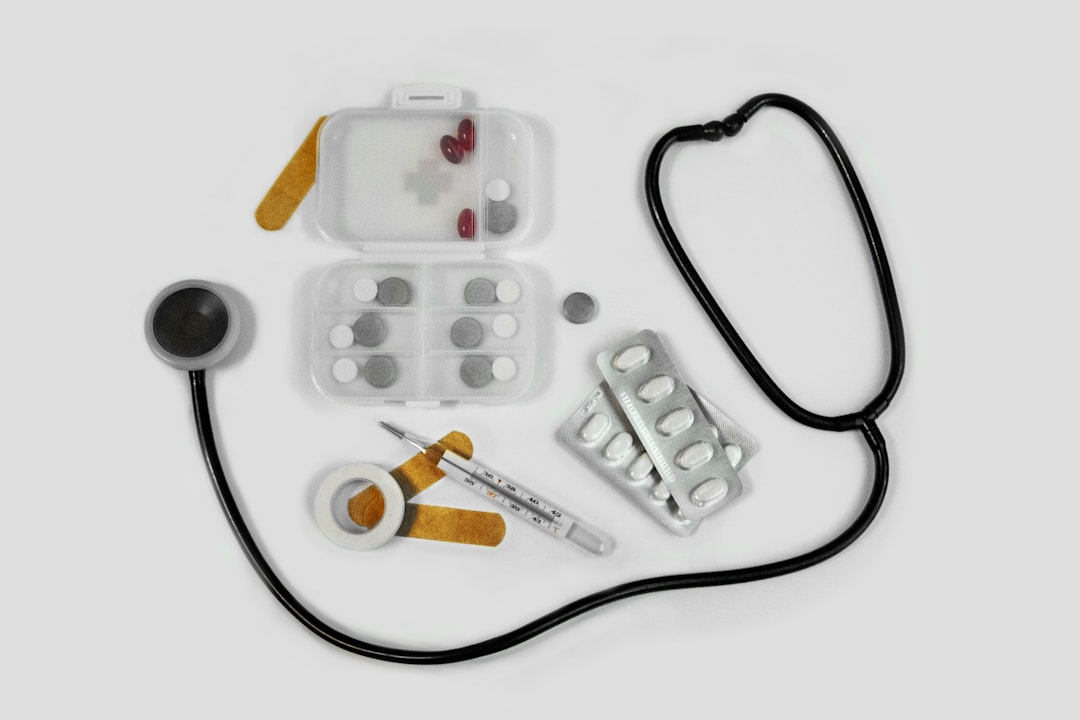Your health has a significant impact on your quality of life. People who are unhealthy may experience chronic pain or frustration from dietary restrictions. Treating illnesses and injuries can also cost thousands, creating financial hardships for those with health problems.
Depending on the nature of your health issues, you may need surgery, prescription medications, physical therapy, occupational therapy, or other forms of treatment. You may be wondering about your prognosis and treatment options. Let’s explore the difference between a treatment and a cure and some of the treatment options you can consider for your health care needs.
How do treatments and cures differ?

People with health issues can pursue treatment from medical professionals. Treatments improve the patient’s condition, but the patient may not fully recover. For example, a person diagnosed with an incurable illness, such as Huntington’s disease, may need ongoing treatment to manage their symptoms. Still, they’ll always have Huntington’s disease because there’s no known cure.
Other patients may pursue treatments that cure them. People who are cured are entirely free from the health condition after treatment. Some cancer patients become cancer-free after chemotherapy or surgery. People with infections can have their pharmacists fill their prescriptions at a pharmacy in Simi Valley, CA. In some cases, one round of antibiotics is enough to eliminate the infection. Antiviral medication can prevent viruses from multiplying while your immune system fights the virus.
What is physical therapy?

Physical therapists evaluate patients and develop treatment plans to help them achieve appropriate health care goals. Physical therapists may use heating pads, ice, and exercises to help patients reduce their pain and regain or increase their mobility. Physical therapists also show patients how to use assistive devices, such as artificial limbs or walkers.
What is surgery?

Patients may consider surgery for several health conditions. Surgeons can repair lacerations or remove diseased organs. Surgeons also translate organs to prevent patients from dying from organ failure. In some cases, patients try other treatments first before opting for surgery. Radiculopathy, also known as sciatica, may be treated with physical therapy. Physical therapy may reduce back pain, but people with sciatica may pursue other lumbar radiculopathy treatment options if they’re still suffering from chronic pain. A laminectomy can alleviate discomfort and promote healing.
What is speech therapy?
Speech-language pathologists work with people with speech and swallowing disorders. Individuals who’ve suffered a stroke may receive speech therapy from a pathologist who helps them regain their ability to enunciate words correctly after the stroke. Speech-language pathologists also work with children with speech delays. In some cases, children overcome delays. Others may have ongoing issues with pronunciation for the rest of their lives.
What is occupational therapy?

Occupational therapists are medical experts with master’s degree in occupational therapy. They work with people who need help using their fine motor skills to complete practical tasks. For example, a person who’s had a stroke or suffered a traumatic brain injury (TBI) may need to relearn how to tie their shoes or write their name. Children with disabilities may need extra help learning how to perform these tasks. Occupational therapists work with their patients and help them acquire or regain essential daily living skills.
What is preventive treatment?

Preventive treatments are any treatments used to maintain your health. People take vitamins and mineral supplements to prevent illness. Vaccines are a crucial public health care tool used to prevent people from getting sick or spreading diseases. You might get vaccinated against diseases such as measles or COVID-19. You can visit your pharmacy for a flu shot each year to protect yourself during flu season. People should also get a tetanus shot every 10 years to prevent lockjaw. Preventive treatment options also include getting mammograms or colonoscopies to check for cancer or digestive health issues.
Treatments improve a patient’s health while cures eliminate the health issue, restoring the patient to total health. Common treatment options include physical therapy and surgery.











